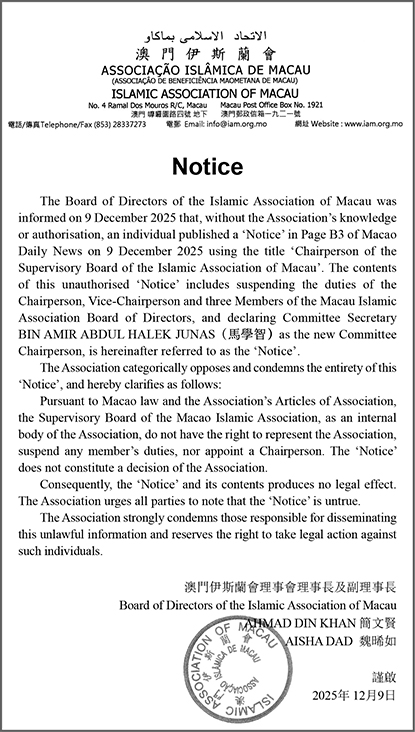China Daily Editorial
Despite the United States’ new economic design for the region clearly being a political tool for its Indo-Pacific strategy, US President Joe Biden, announcing its official launch in Tokyo on Monday, was able to claim it had attracted 12 members in addition to the US.
But in a region that does not lack economic cooperation vehicles, the Indo-Pacific Economic Framework for Prosperity (IPEF) is likely to encounter difficulties despite its professed aim of pursuing “continued growth, peace, and prosperity” since Washington’s intentions for it mean it will inevitably do the opposite.
That is because by “deepening economic engagement among partners”, Washington hopes to exclude China from the regional trade structure. Something that Biden, intentionally or not, made no bones about, saying the framework is “a commitment to working with our close friends and partners in the region on challenges that matter most to ensuring economic competitiveness in the 21st century”.
The problem for the US is that the competitive challenge it is most concerned about is China, which is the nexus of the regional economy, and how far Australia, Brunei, India, Indonesia, Japan, Malaysia, New Zealand, the Philippines, Singapore, the Republic of Korea, Thailand and Vietnam will be willing to go in supporting what may be to the US’ advantage but not to theirs is still a matter for conjecture.
The framework seeks to fill the loophole in the US Indo-Pacific strategy formulated by Biden’s predecessor Donald Trump by forgoing a tariffs-based Asia trade deal – what US Secretary of Commerce Gina Raimondo dismissed as the “same old, same old traditional trade agreement” – in favor of a vague commitment to a “free, open, fair, inclusive, interconnected, resilient, secure, and prosperous Indo-Pacific region”, which will supposedly be based on shared standards for the digital economy, supply chains, clean energy infrastructure and anti-corruption measures.
The US has for years touted itself as a positive contributor to the Asia-Pacific, but in trying to foist the IPEF and the larger Indo-Pacific strategy on the region, it has revealed that despite its words, its calculations totally ignore the region’s existing reality and countries’ common aspirations for economic integration and peace and stability.
As Chinese State Councilor and Foreign Minister Wang Yi said on Sunday, the US Indo-Pacific Strategy not only tries to deny the reality of Asia, it also wants to erase what has been achieved in the region’s various economic cooperation mechanisms.
On Monday, Wang stressed that China will continue to promote the long-term stability and sustainable development of the Asia-Pacific with practical actions and urged the US to not introduce confrontation into the region.
The US constantly calls on other countries to follow the rules-based world order. But it is the one trying to overwrite them purely on its terms. If the US really wants to contribute to the region’s economic development, it should first stop trying to create a false scenario of “us versus them”.
– Courtesy of China Daily










